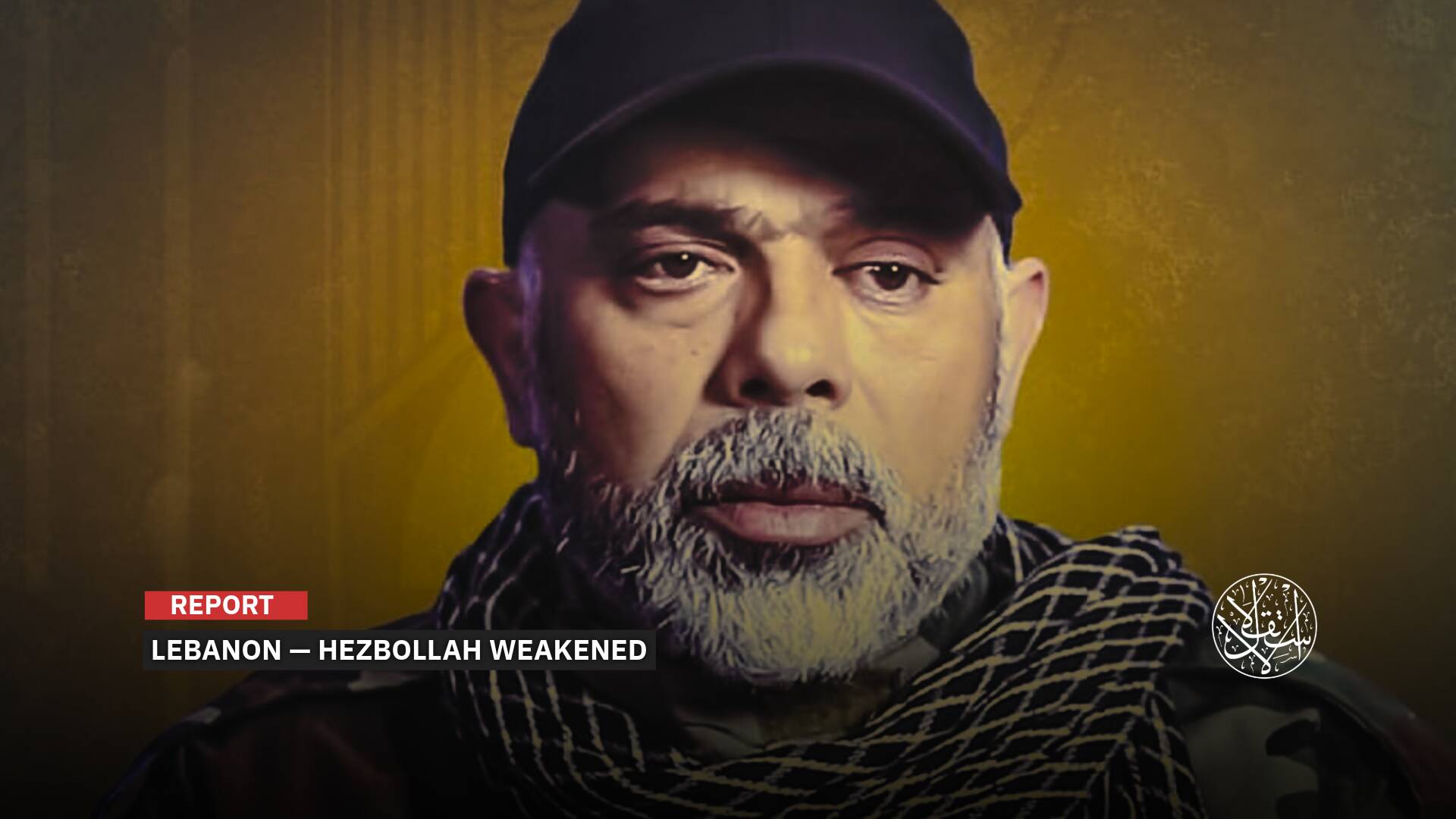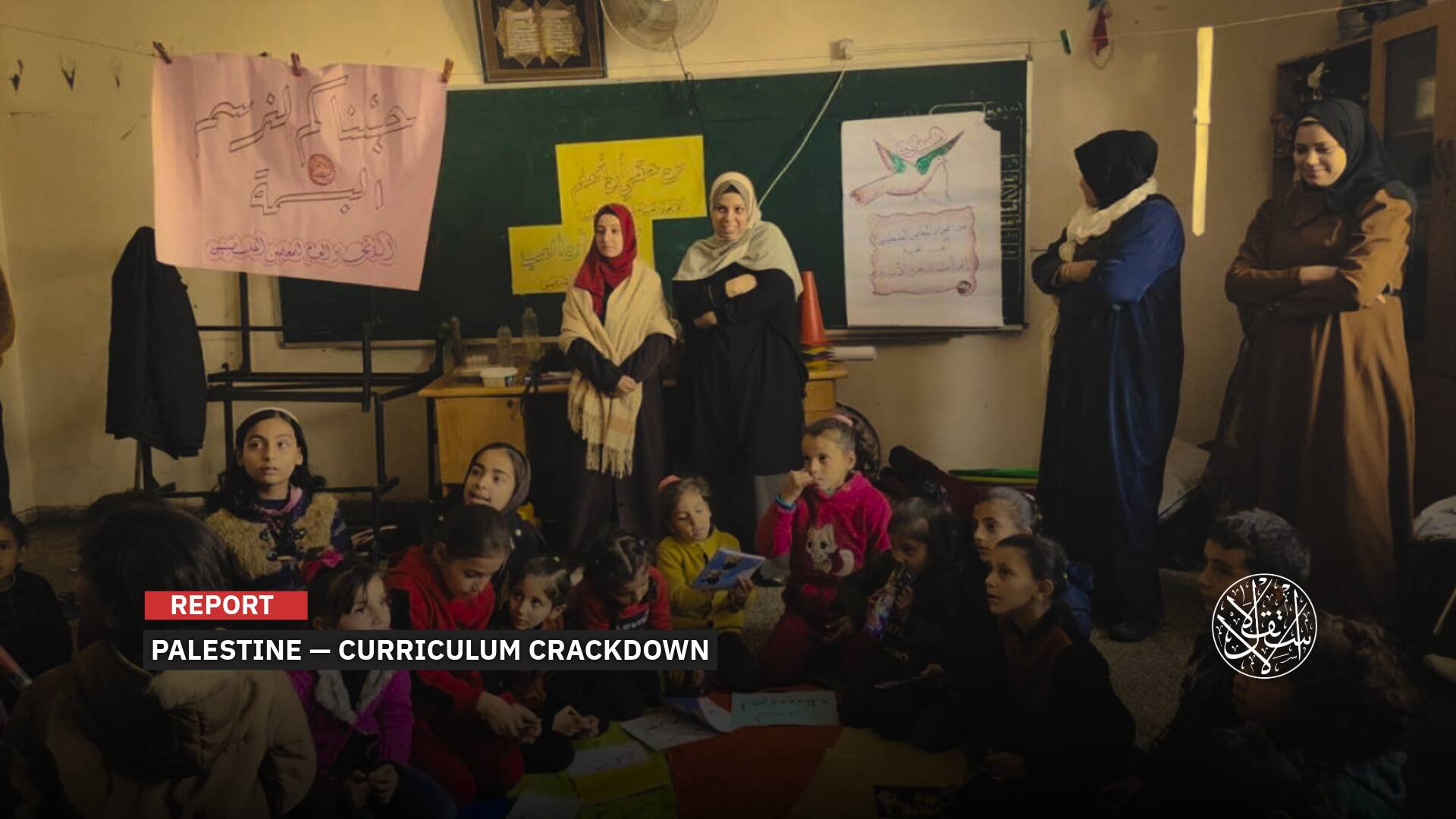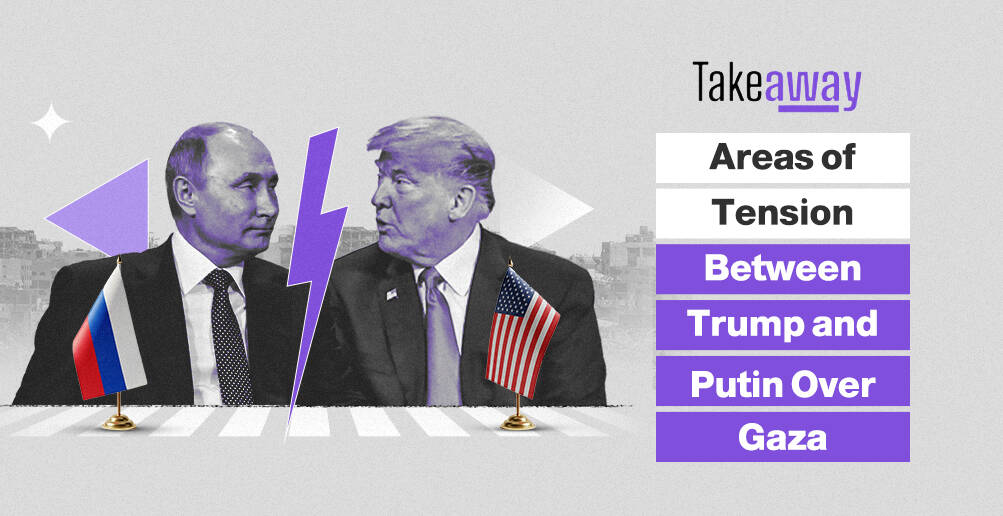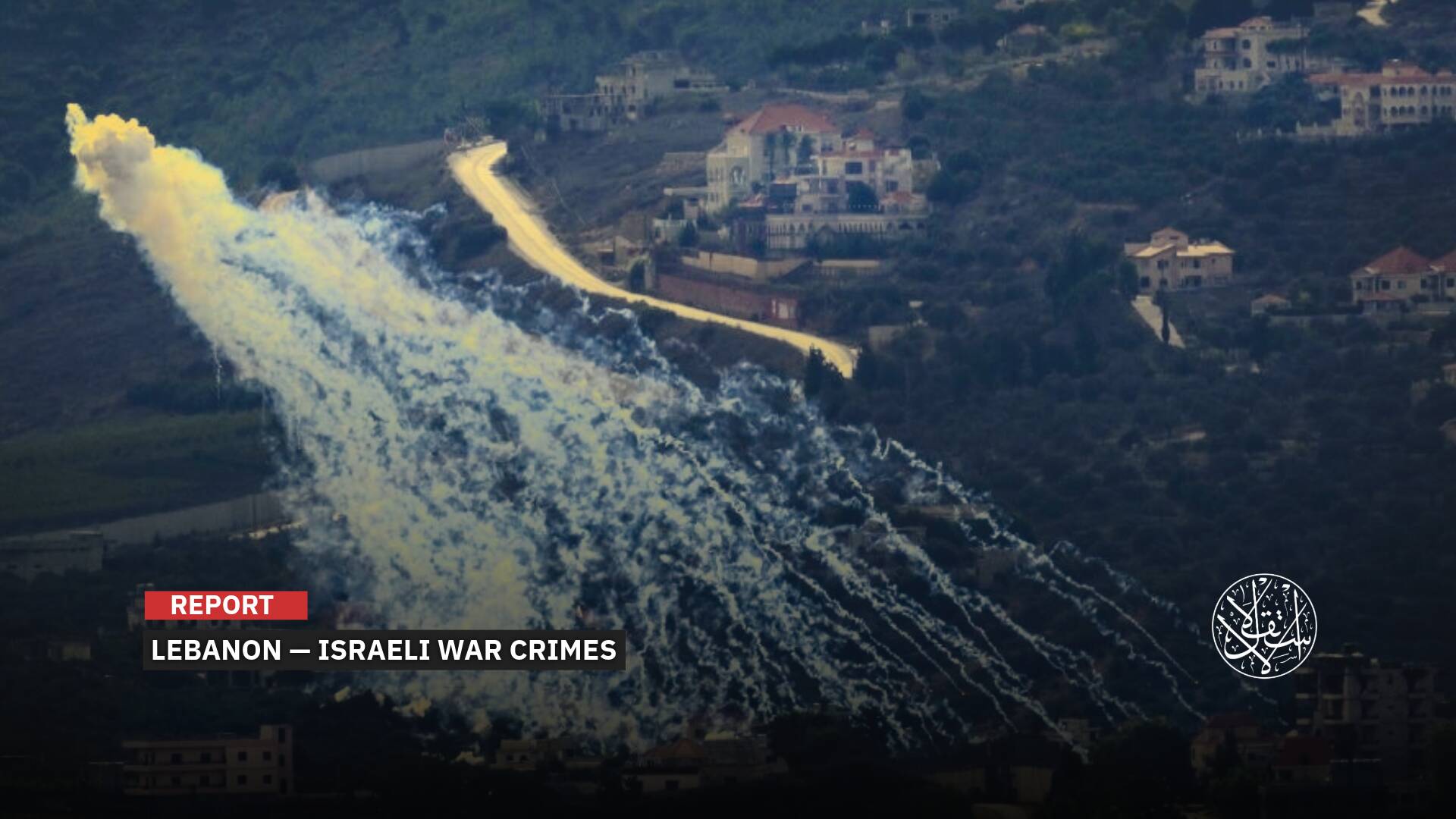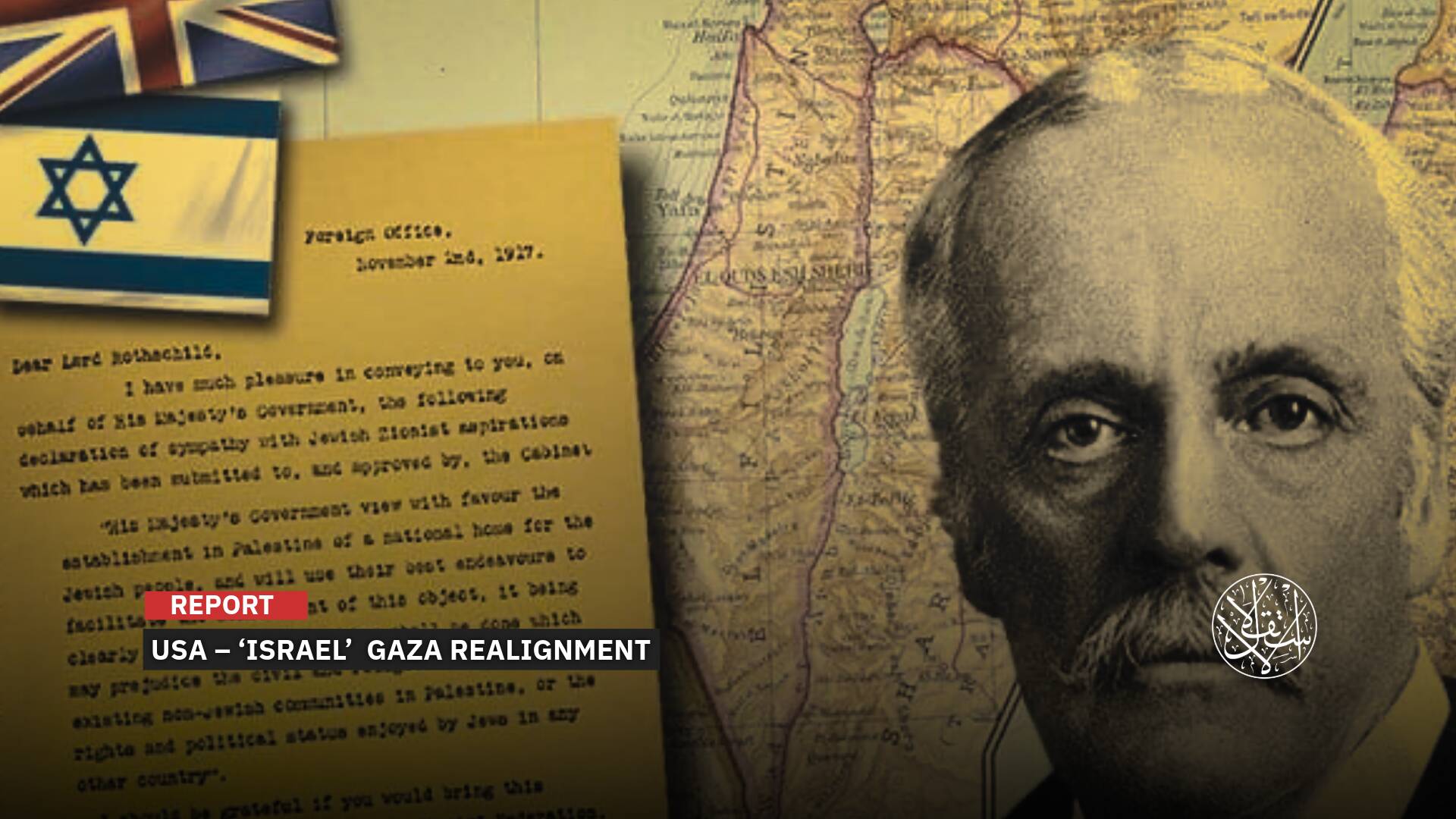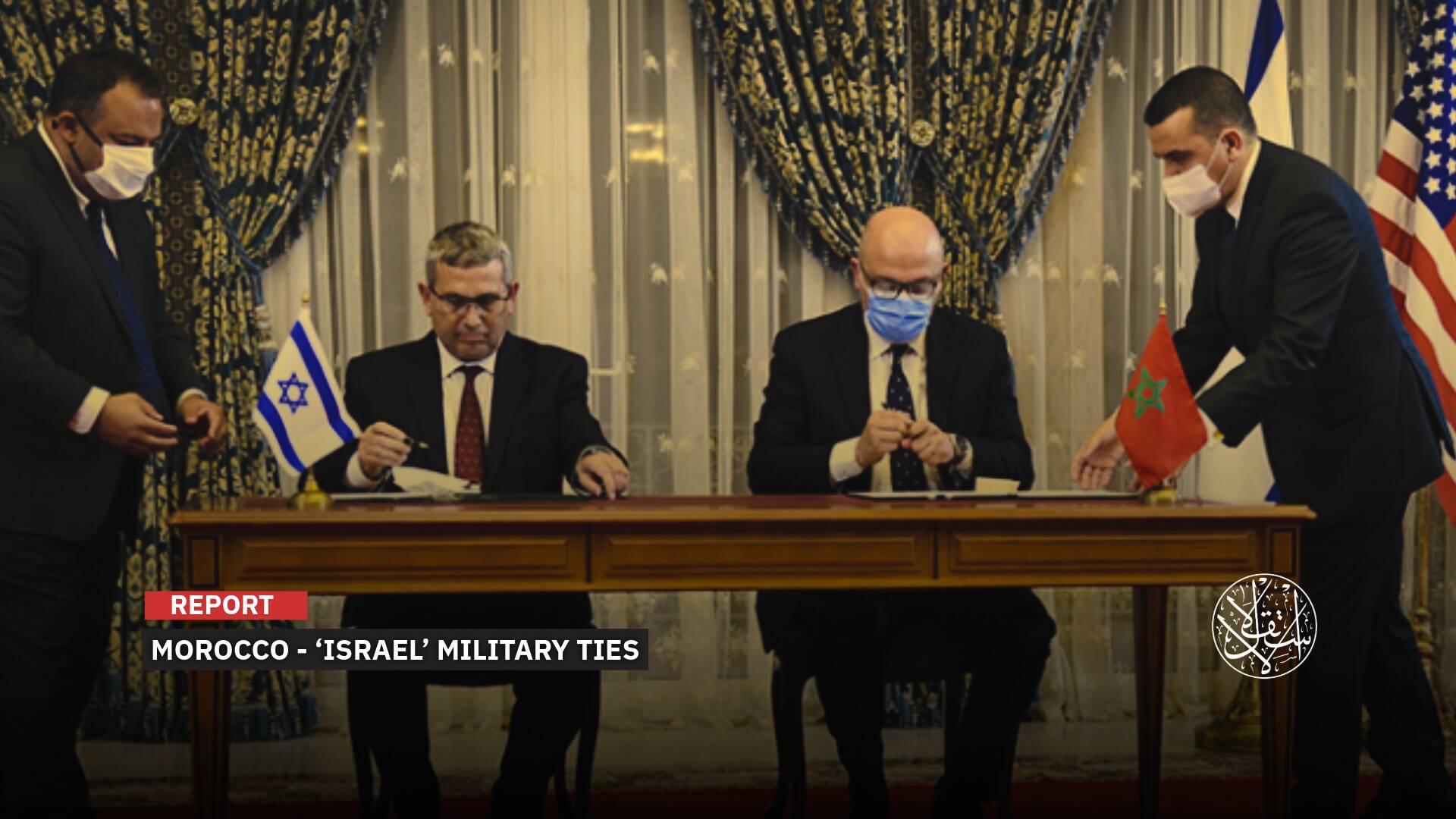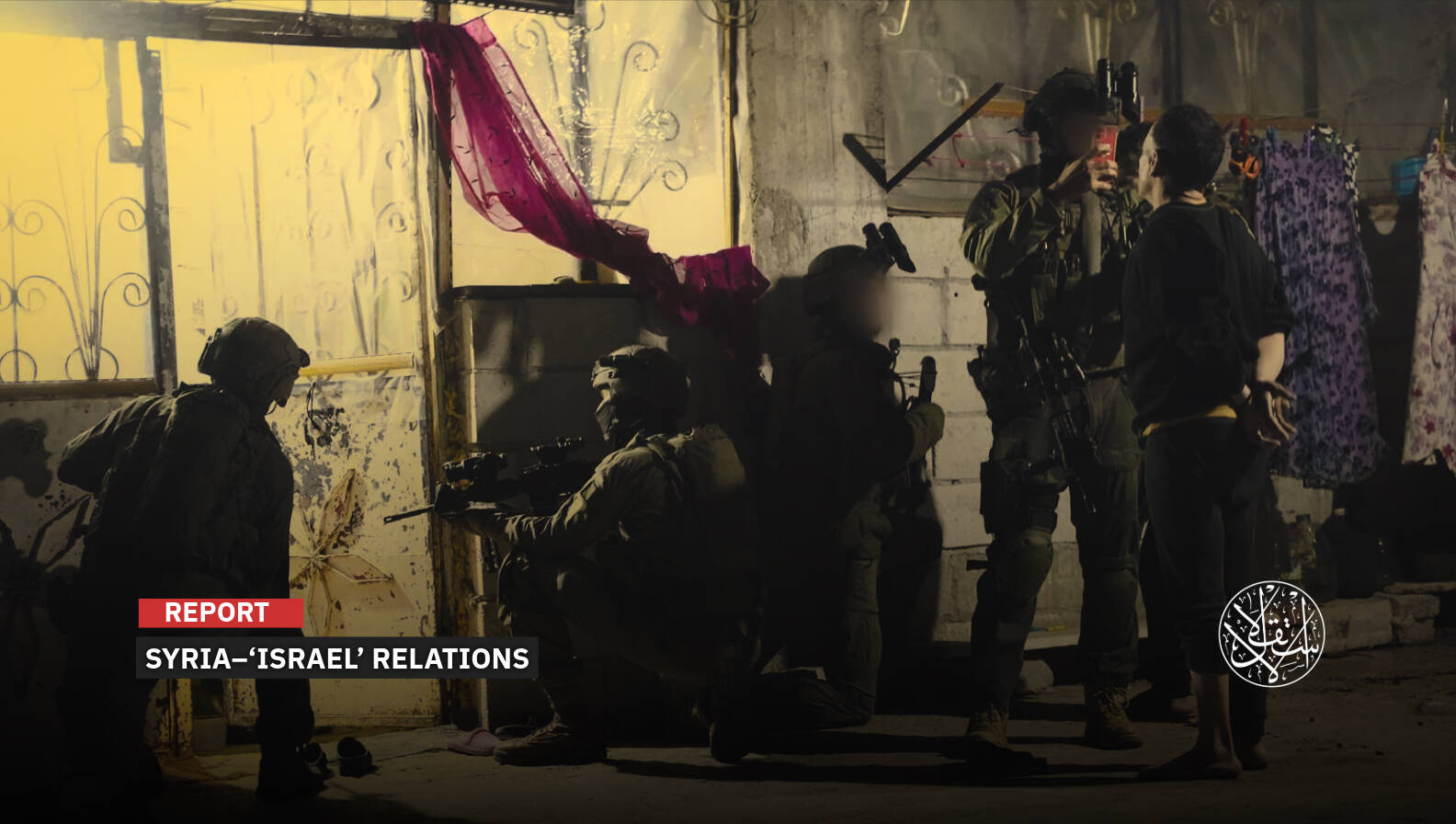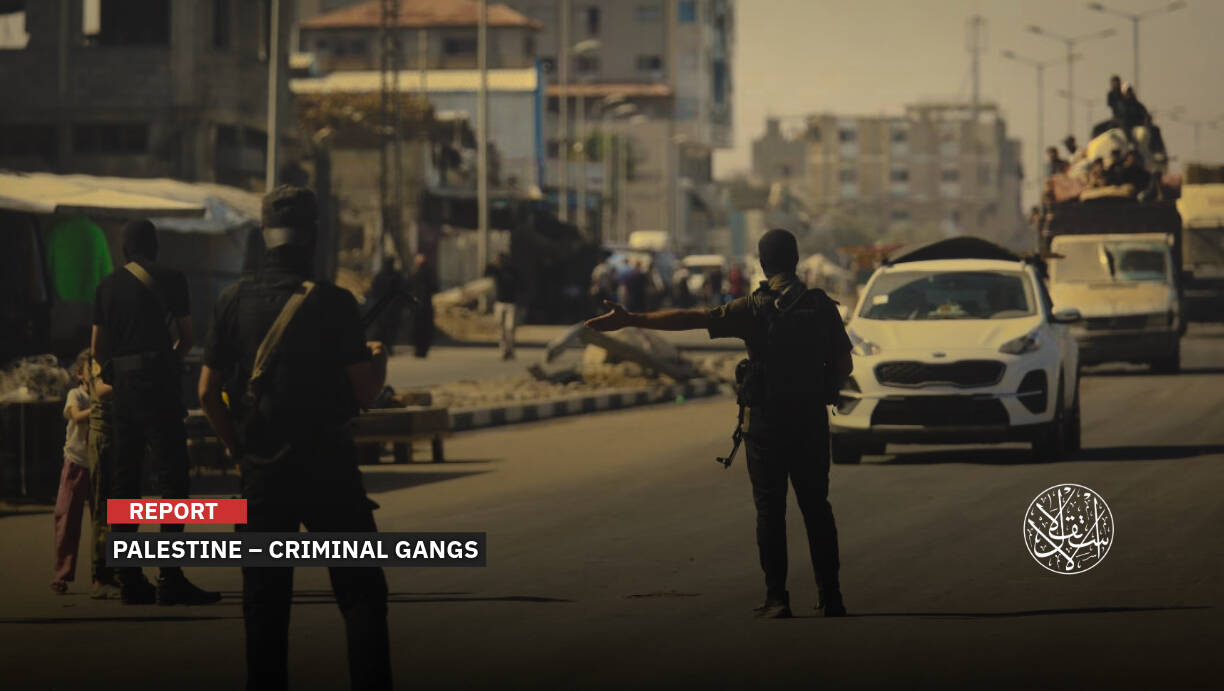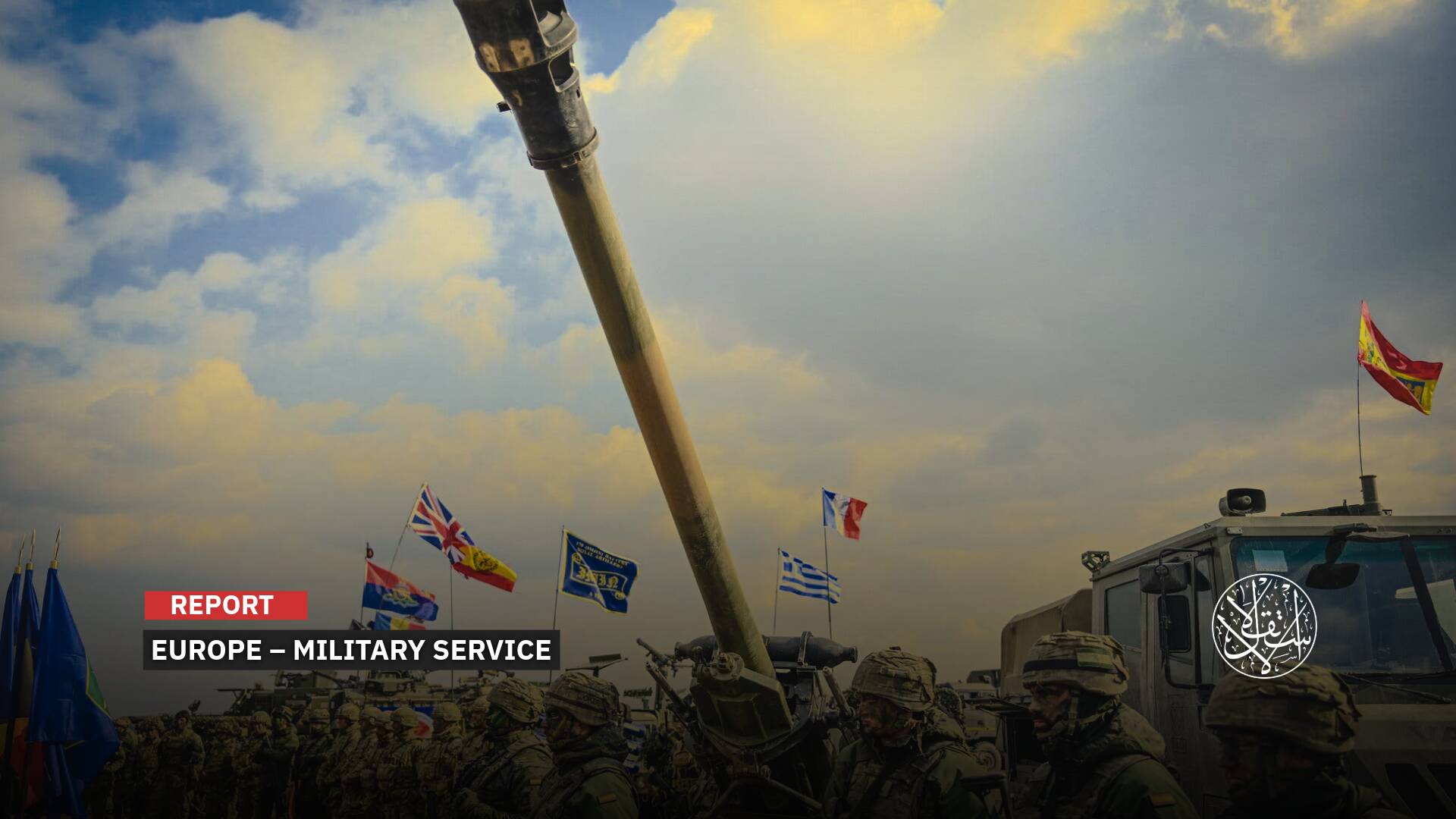Hamas Strikes Back: Dismantling Looting Gangs and Thwarting Israeli Plans

The ‘Sahm’ (Arrow) unit operates as a rapid response force to secure main roads.
A significant blow was dealt by Gaza's Interior Ministry, which is run by Hamas, to the criminal gangs looting aid convoys under the cover of the Israeli Occupation Forces (IOF).
On November 18, 2024, Gaza's Interior Ministry announced the killing of 20 gang members in a security operation carried out by police units in coordination with tribal committees.
The ministry emphasized that the operation will not be the last and marked the beginning of an extensive security campaign, long in the planning, aimed at expanding efforts to target those involved in the theft of aid trucks.
Attacking the Convoys
Just hours before Hamas successfully struck the criminal gangs looting aid convoys, officials from the United Nations Relief and Works Agency (UNRWA) reported that a convoy of 109 trucks had been violently looted after entering Gaza, resulting in the loss of 98 trucks.
In the context of the ongoing war on Gaza for over a year, this operation marks a significant success for the security forces managing the territory, despite the heavy blows they have faced.
The incident has raised questions about the links between these gangs and “Israel,” as well as the effectiveness of Hamas' Sahm (Arrow) unit, which played a key role in dismantling these rogue groups.
It also highlights the ongoing security efforts by Hamas and other factions.
Since the onset of the Israeli war on Gaza on October 7, 2023, “Israel” has pursued a primary objective: the dismantling of Hamas both militarily and politically, in a bid to fulfill the occupying forces' vision for a "post-war" scenario, where the movement is erased and a new authority, under Israeli eyes, governs the utterly destroyed Gaza Strip.

Who Are They?
The Washington Post revealed new details about the criminal gangs looting aid in Gaza and their possible links to the IOF.
On November 18, 2024, the newspaper reported that these gangs operate primarily in the southern part of Gaza, where aid enters through the Kerem Shalom crossing in Rafah and extends as far as the al-Qarara area in Khan Younis.
According to Washington Post sources, the gangs are split into two main factions: the first, the "Sufi Gang," operates from the Kerem Shalom crossing to the European Hospital, while the second, larger and more dangerous, is the "Yasser Abu Shabab Gang," which stretches from the hospital northwards to al-Qarara.
The paper confirmed that the gangs work in an organized fashion, coordinating their looting efforts and operating freely in areas under Israeli military control.
Relief workers and transport companies have reported that the gangs have resorted to extreme measures, including the kidnapping and killing of truck drivers near the Kerem Shalom crossing.
The report further indicates that these gangs collaborate with the IOF, operating near its positions without interference.
According to an internal UN memo, the leader of the gang, Yasser Abu Shabab, has established what resembles a military base in an area under Israeli control and is a key figure in the organized theft of aid.
On November 15, 2024, 29 international organizations released a report accusing the Israeli Occupation Forces of encouraging the looting of humanitarian aid in Gaza by attacking Palestinian police forces attempting to secure convoys.
The report, which included organizations such as Médecins du Monde, Oxfam, and the Norwegian Refugee Council, stated that the IOF “fails” to “prevent the looting of aid trucks and armed gangs from extorting money from humanitarian organizations for their protection.”
This was corroborated by Israeli media, with Haaretz publishing an investigation in early November that cited sources from international aid groups operating in Gaza.
The report from the organizations, including "Doctors of the World," "Oxfam," and the Norwegian Refugee Council, stated that the army "does not prevent the looting of trucks, nor does it stop armed gangs from extorting money from humanitarian organizations."
According to these sources, IOF “allows Gaza gangs to loot aid trucks and extort money from their drivers in exchange for protection”.
The report noted that the looting by the gangs is "systematic" and "deliberate," with armed members from two families in Rafah reportedly obstructing large shipments of aid from entering Gaza.
The gangs, the report revealed, stop aid trucks and demand around 15,000 shekels (approximately $4,000) in tolls for passage.
If drivers refuse, they are either kidnapped or the cargo is stolen, with some instances escalating to the murder of the driver.

‘Sahm’ (Arrow) Unit
The question arose as to how Gaza's Ministry of the Interior managed to confront these criminal gangs despite the ongoing Israeli war and targeting of their forces.
A source from the ministry answered the question in a statement to al-Aqsa TV on November 18, revealing that Hamas's security and intelligence agencies had tracked communications in recent weeks between the looting gangs and IOF.
The source further revealed that “Israel” was covering up the activities of these gangs, directing their operations, and providing them with security cover from Shin Bet officers.
To tackle this issue, Hamas had prepared in advance by forming a special police force to maintain security within the Gaza Strip, monitor market prices, and try to reduce the chaos exacerbated by the IOF.
The newly formed unit, "Sahm Unit," is composed of police officers, security personnel, and some volunteers.
Its primary mission is to counter the ongoing Israeli efforts to undermine Gaza’s internal front, destabilize security, and unleash gangs and looters to disrupt the safety and livelihoods of civilians.
The unit operates as a rapid-response force, focused on maintaining security along key roads, particularly those used for the delivery of aid from international organizations and commercial shipments.
It ensures that supplies reach designated warehouses before being distributed to those in need.
In addition, the unit is active within local markets, working to curb the sharp rise in prices that has left many unable to afford their daily food.
Members of this new force operate in civilian attire to avoid becoming targets of Israeli Occupation Forces, and they are equipped with medium and light weapons.

Disrupting the Plans
Palestinian political activist Fayez Abu Shamala commented on the Sahm Unit and the recent operation carried out by Hamas against the gangs.
Abu Shamala wrote on X that “the security services’ attack on the bandits in the southern Gaza Strip left the Israeli enemy in political confusion and confused its calculations about the future of the Gaza Strip.”
"The Israeli government had bet on these collaborators to form a field force similar to that of the collaborator Antoine Lahad in southern Lebanon, but the Zionist plan was thwarted early by the efforts of the security forces' heroes," Bau Shamala noted.
Palestinian activist Ahmed Hijazee wrote on X that "the Palestinian government's Arrow unit in Gaza attacked thieves and collaborators with the occupation in a complex security operation that resulted in 20 deaths.”
"The occupation tried to tamper with Gaza through the clans, but the clans refused. Finally, it resorted to bandits and failed." Hijazee added.
Since the beginning of the Israeli war on Gaza on 7 October 2023, “Israel” has deliberately targeted the civilian police, focusing on killing its members and leaders in precise, planned operations.
On 29 March 2024, the government media office in Gaza announced the martyrdom of 17 Palestinians, including a woman, in two Israeli airstrikes that targeted a police officer and his force in separate attacks in the Shejaiya neighborhood in eastern Gaza.
This was preceded by the assassination of Major General Fayeq al-Mabhouh, the Director of Operations at the Ministry of Interior and National Security in Gaza, on the morning of 18 March 2024.
The targeting of Gaza's police did not stop after al-Mabhouh's assassination. Following this, “Israel” intensified its efforts to kill senior police leaders, resulting in a growing list of security martyrs, including those guarding humanitarian convoys and those responsible for securing them.
Among the victims was Colonel Raed al-Banna, head of the Investigations Department in northern Gaza, who was killed along with his wife and children in a nighttime Israeli airstrike on their home.
The next targeted assassination was that of Lieutenant Colonel Mahmoud al-Bayoumi, the head of the Nuseirat police station.
Al-Bayoumi, who was responsible for securing humanitarian aid, was killed in a "deliberate" Israeli airstrike that targeted his car in the Nusairat refugee camp in central Gaza.
Soon after, it was the turn of Amjad Hathat, the director of the Emergency Committee in western Gaza, who was struck by Israeli missile fire at the Kuwait Roundabout.
The Israeli targeting and elimination of Gaza's police, in particular, is part of a broader strategy outlined by the then-Israeli Defense Minister Yoav Gallant.
The plan, known in the media as the "Day After" strategy, proposed a future governance structure for the region, which specifically aimed to prevent Hamas from regaining control over Gaza, while ensuring that “Israel” would maintain full security control over the enclave.
Sources
- Gangs looting Gaza aid operate in areas under Israeli control, aid groups say
- Famine Gangs: A Map of the Spread of Aid Thieves in Gaza and Details of the Hidden Support They Receive from the Occupation [Arabic]
- 20 Dead from Aid Thieves in a Security Operation in Gaza [Arabic]
- Gaza police battle gang members accused of stealing humanitarian aid
- An Security Operation Was Carried Out Against Aid Theft Gangs in Gaza: New Details About the 'Arrow' Unit [Arabic]
- Under the Watch of the Occupation Army: Gangs Respond to Gaza's Ministry of Interior by Blocking Roads [Arabic]


